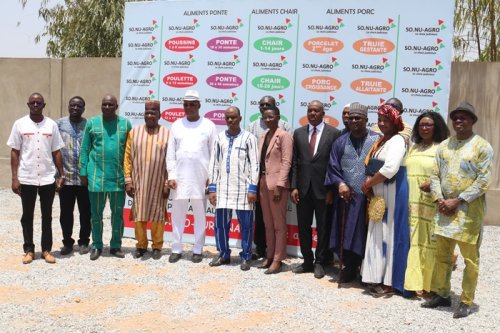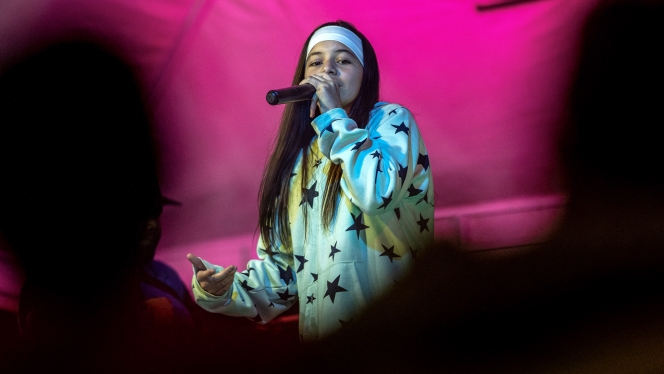Les Laboratoires d’Aubervilliers, en partenariat avec pointligneplan, invitent Erik Bullot à programmer un cycle de rencontres et de débats publics autour d’un tournant remarquable que l’on peut observer aujourd’hui, celui du « film performatif », pratique à la croisée de ces deux pratiques. Film où l’artiste/cinéaste substitue la performance à l’image, l’énoncé au film, exposant le processus de construction plutôt que son résultat - le faisant advenir au moment où il le raconte, répondant au critère de la signification linguistique de « l’énoncé performatif ».
Edgar Bergen et Charlie McCarthy
Peut-on faire un film avec des mots ? On observe actuellement dans le champ du cinéma expérimental et de l’art contemporain de nombreuses pratiques filmiques qui tentent de remplacer le film par son simple énoncé sous la forme de conférences illustrées, de lectures ou de performances. Des fragments d’un film à venir (photographies, documents, fragments de scénario) sont présentés en guise du film lui-même. On ne peut qu’être frappé par ce tournant performatif. Précisons tout de suite que le terme performatif emporte avec lui deux significations : l’une, proprement linguistique, selon les critères proposés par Austin, relative aux verbes performatifs qui réalisent une action par le fait de leur énonciation, à l’instar des verbes baptiser ou promettre, la seconde relevant du champ plus général de la performance artistique. On assiste aujourd’hui chez certains artistes ou cinéastes à une pratique performative du cinéma à la jointure de ces deux significations. Il est d’ailleurs difficile de totalement séparer ces deux significations : la performance, au sens artistique, emporte souvent une dimension performative, au sens linguistique.
Exposer le film à la manière d’une proposition ou d’un énoncé relève-t-il du performatif ? Exposer est-il un verbe performatif ? Déplacé de la salle au musée, dissocié de son dispositif originel, soumis à de nouvelles configurations techniques, le film doit-il être désormais performé pour advenir ? Qu’en est-il de ce tournant performatif du cinéma ? Participe-t-il du seul courant linguistique ? Rencontre-t-il un déplacement du cinéma lui-même vers le spectacle vivant ? On peut en effet observer à travers ces différentes actions le retour du bonimenteur du cinéma des premiers temps qui commentait et racontait le film pendant la projection, le rappel des instructions données au projectionniste ou la simple continuité de certaines propositions du cinéma élargi (expanded cinema) pour échapper au cadre strict de la séance. Le recours fréquent au terme performatif devenu désormais un adjectif régulièrement associé à la conférence dans le champ de l’art contemporain est assez symptomatique. Pourquoi rencontre-t-il un tel succès ?
Tels sont quelques-uns des enjeux de ce programme de rencontres et d’événements, invitant des artistes, des cinéastes et des théoriciens en vue de cartographier ces nouvelles pratiques.
Le film et son double. Du film performatif.
Un cycle de cinq séances doubles constituées d'une performance proprement dite, sur un registre artistique, confiée à un artiste, et une conférence, plus discursive, sur les enjeux du film performatif ou du performatif en général, aura lieu aux Laboratoires d’Aubervilliers d’avril à décembre 2015.
14 avril, Érik Bullot / Silvia Maglioni et Graeme Thomson
19 mai, Uriel Orlow / Franck Leibovici
13 octobre, Alexis Guillier / Thomas Clerc
17 novembre, Clara Schulmann / Simon Ripoll-Hurier
1er décembre, Rabih Mroué / Stephen Wright
LE FILM ET SON DOUBLE. Du projectionniste.
Dans le prolongement de ce programme, une journée de rencontres et de performances, organisée au MACVAL, réunit théoriciens, cinéastes et artistes pour questionner la figure du projectionniste. Sont invités Roland Sabatier, Peter Miller, Peter Szendy et Esperanza Collado.
vendredi 20 novembre, de 11h à 18h
(reservation@macval.fr / www.macval.fr)
L’ensemble de ces rencontres et performances donnera lieu à une publication, sous la forme d’un catalogue ou d’un numéro de revue.
___________
En partenariat avec pointligneplan et en collaboration avec le MAC VAL.
Mots-clés:
- cinéma
- performance
















